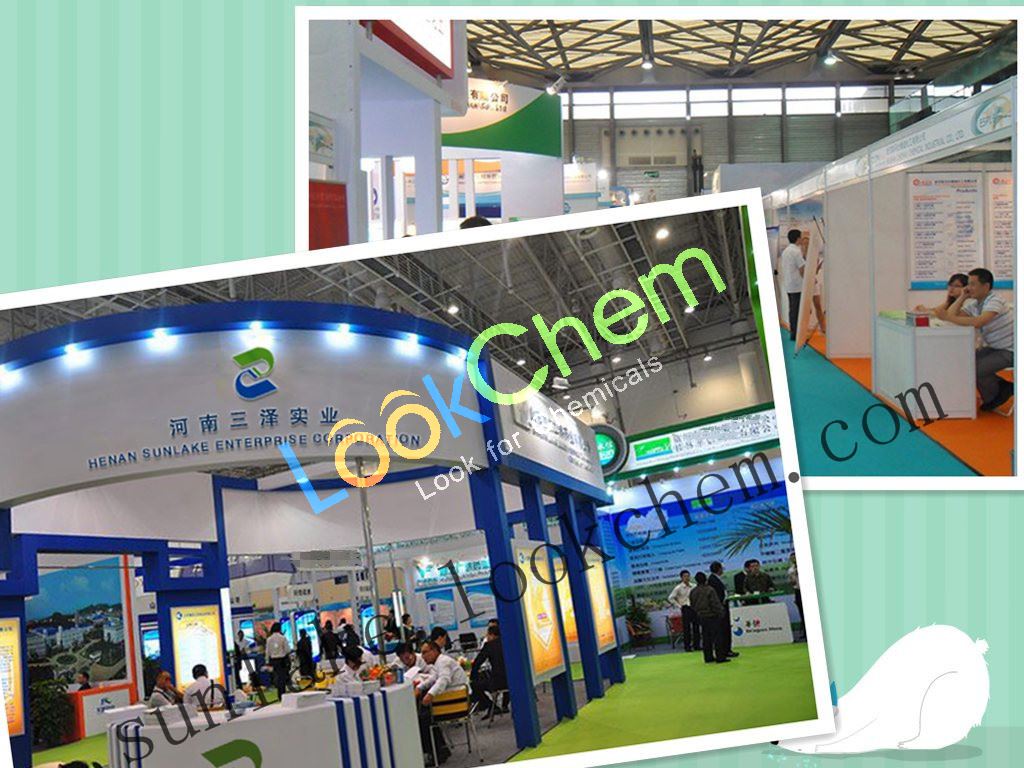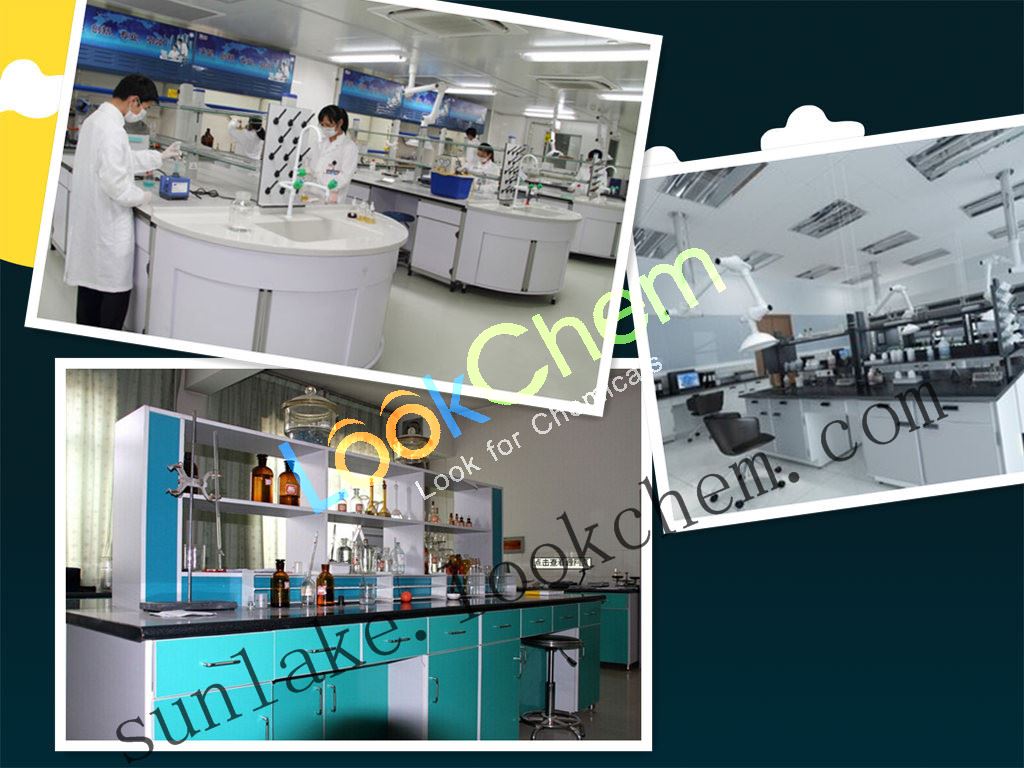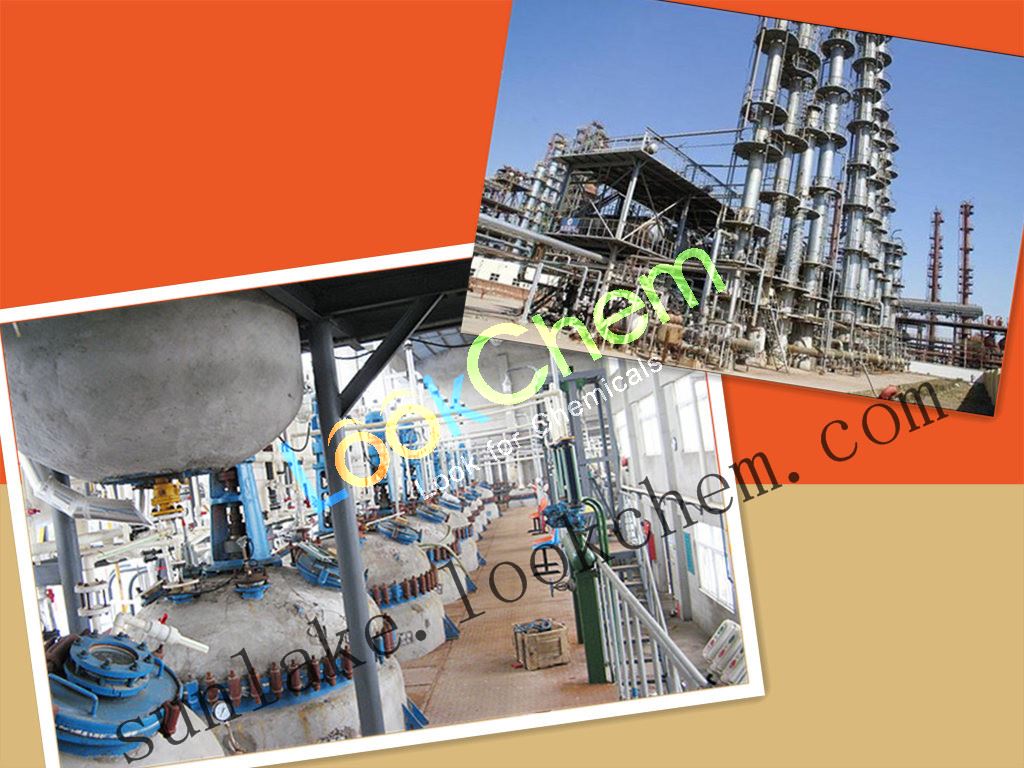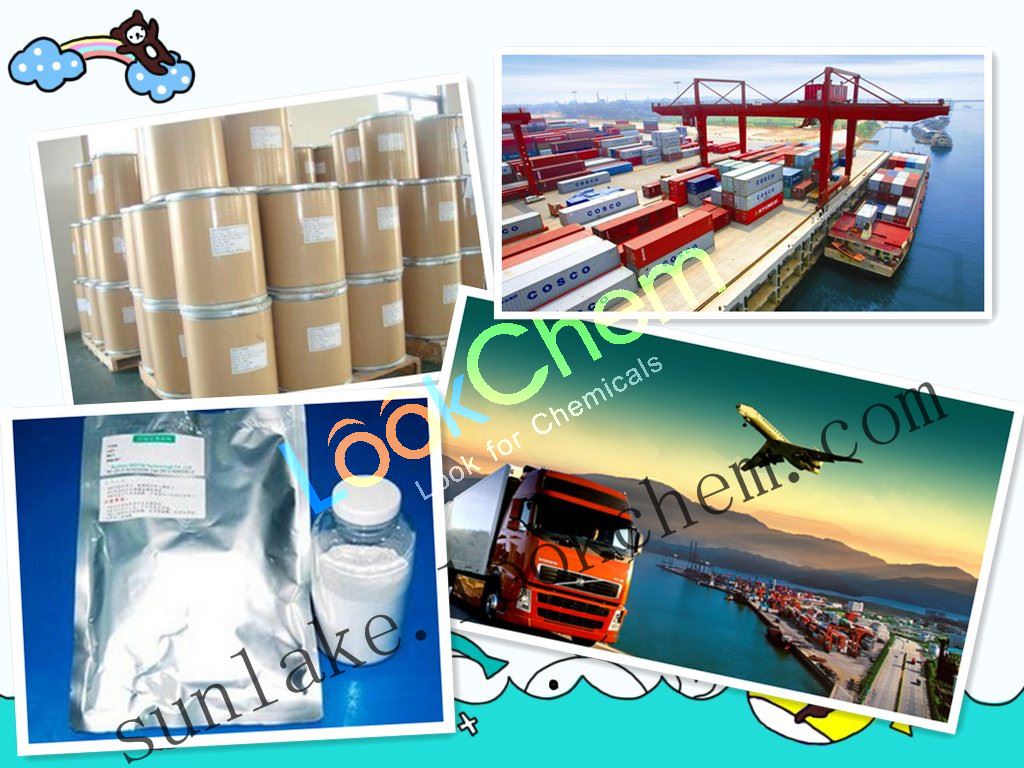Product Certification&
Enterprise Certification
Country: ![]() China (Mainland)
China (Mainland)
Business Type:Trading Company
Tel: 17734809689
Mobile:
Tel: 17734809689
Fax: +86-371- 86259723
Province/state: HENAN
City: ZHENGZHOU
Street: Mingmen International Center, NO.222 Dongming Road,Zhengzhou,Henan,China
MaxCard:
 Contact Suppliers
Contact Suppliers
CAS NO.73-78-9
1(10-100)Metric Ton
Tech Data Relevant
1.Certificate Of Analysis (COA)
2..Material Safety Data Sheet (MSDS)
3.Technical Data Sheet(TDS)
4.Route of synthesis (ROS)
5.Nuclear Magnetic Resonance(NMR)
6.Method of Analysis(MOA)
Our Service
1. Before Shipment.
Quality control, Packing pictures and loading video before loading.
2. Shipment.
Prompt shipment with professional documents, Mixed containers with different mixed items in one container.
3. After shipment.
Strong after-sale service.
Exhibition in Shanghai
We have clients throughout the world:
Professional service and rich experience make customers feel at ease, adequate stock and fast delivery meet your desire.

Our Laboratory
We have our own independent lab test center:
This makes sure that our technology support is reliable and authoritative. All of self-owned fine chemicals are manufactured strictly in accordance with international standard, and also has scientific cooperation with local colleges and institutes.

Our Factory
High quality with competitive price:
We are manufacturer and can provide high quality products with factory price.

Package & Shipment
Fast and safe delivery:
Parcels can be sent out within 24 hours after payment, and Tracking Number is available.
And you have various choices of transportation methods.

| Product Name: | Lidocaine hydrochloride |
| Synonyms: | 2-DIETHYLAMINO-N-(2'6'-DIMETHYLPHENYL)ACETAMIDE HCL;2-DIETHYLAMINO-N-[2,6-DIMETHYLPHENYL]ACETAMIDE HCL;ALPHA-(DIETHYLAMINO)-2',6'-ACETOXYLIDIDE HYDROCHLORIDE;A-(DIETHYLAMINO)-2 6-DIMETHYLACETANILIDE HYDROCHLORIDE;LIGNOCAINE HYDROCHLORIDE;LIDOCAINE HYDROCHLORIDE;LIDOCAINE HCL;2-(diethylamino)-n-(2,6-dimethylphenyl)-acetamidmonohydrochloride |
| CAS: | 73-78-9 |
| MF: | C14H23ClN2O |
| MW: | 270.8 |
| EINECS: | 200-803-8 |
| Product Categories: | API;Intermediates & Fine Chemicals;Pharmaceuticals;Amines;Aromatics;Research Chemical;Pharma materials |
| Mol File: | 73-78-9.mol |
|
|
|
| Lidocaine hydrochloride Chemical Properties |
| Melting point | 80-82°C |
| storage temp. | Refrigerator |
| CAS DataBase Reference | 73-78-9(CAS DataBase Reference) |
| EPA Substance Registry System | Acetamide, 2-(diethylamino)-N-(2,6-dimethylphenyl)-, monohydrochloride(73-78-9) |
| Safety Information |
| RIDADR | 3249 |
| HazardClass | 6.1(b) |
| PackingGroup | III |
| Lidocaine hydrochloride Usage And Synthesis |
| Physical and chemical properties | Lidocaine hydrochloride is white and odorless crystal with bitter and numb taste. It is easily soluble in water, ethanol and organic solvents, but insoluble in ether. Aqueous solution in the case of acid and alkali do not break down, repeated autoclave rarely go bad. |
| Local anesthetic and antiarrhythmic drugs |
Lidocaine hydrochloride is a local anesthetic and antiarrhythmic drug. It is clinically used for infiltration anesthesia, epidural anesthesia, surface anesthesia (including in the thoracoscopy or abdominal surgery for mucosal anesthesia) and nerve conduction block. The drug can also be used for acute myocardial infarction after ventricular premature beats and ventricular tachycardia, and for digitalis poisoning, cardiac surgery and ventricular arrhythmias caused by cardiac catheterization. But it is usually ineffective for supraventricular arrhythmias. Lidocaine hydrochloride is an amide local anesthetic. After blood absorption or intravenous administration, the drug has obvious excitement and inhibition of biphasic effects for the central nervous system, and no excitement of the pioneer. With the dose increased, the role or toxicity increased, there is an anti-convulsive effect with sub-poisoning plasma concentration; Blood concentration of more than 5μg • ml-1 can occur convulsions. Lidocaine hydrochloride in low doses can promote outflow of K+ in cardiomyocytes, reduce myocardial autonomy, and has antiarrhythmic effects. In the treatment dose, lidocaine hydrochloride has no significant effect for the electrical activity of cardiomyocytes, atrioventricular conduction and myocardial contraction. Increased plasma concentration may cause slowing of heart conduction, atrioventricular block, inhibition of myocardial contractility and decreased cardiac output. |
| Application | Lidocaine hydrochloride is characterized by strong penetration, strong dispersion, rapidly onset. The anesthetic performance is twice that of procaine and the toxicity is1. There is an anesthetic effect after 5 minutes treatments, and anesthesia can last 1 to 1.5 hours, 50% longer than procaine. The drug is effective on the heart of the disease or arrhythmia caused by cardiac glycoside, but on the supraventricular tachycardia is poor. This product is fast and oral ineffective, with short duration, and often used as intravenous administration. |
| Indications |
|
| Usage and dosage |
Surface anesthesia with solution of 2% to 5%.Infiltration anesthesia with solution of 0.25% to 0.5%, conduction anesthesia with 2%, each injection point, horse, cattle 8 to 12 ml, sheep 3 to 4 ml. Epidural anesthesia with 2% solution, horse, cow, 8 to 12 ml, dog, cat, 0.22 ml per kilogram of body weight. Subcutaneous injection with 2% solution, pig, sheep, 80 ml, horse, cow, 400 ml, dog,25 ml, cat, 8.5 ml. Treatment of arrhythmia, intravenous injection: Per kg of dog’s body weight of the initial dose is 2 to 4 mg, followed by 25 to 75 micrograms per minute intravenous infusion; Cat initial dose of 250 to 500 micrograms, followed by intravenous infusion of 20 micrograms per minute. |
| Adverse effect | The incidence of adverse effect with lidocaine hydrochloride was about 6.3%. Most adverse effects are dose dependent. Adverse effects are drowsiness, dizziness, nausea, vomiting, burnout, euphoria, insanity, muscle convulsions, syncope, blurred vision, confusion and difficulty breathing. Large doses lead to severe sinus bradycardia, cardiac arrest, severe atrioventricular block and weakened myocardial contractility, reduced blood pressure and so on. Excess concentrations of lidocaine hydrochloride in the blood cause some problems. For example, atrial conduction slows, atrioventricular blocks (A-V-B), and inhibits myocardial contractility and cardiac output decreases. There are little allergic effects, such as erythema rash, angioneurotic edema and so on. |
| Medicine interactions |
|
| Precautions |
|
| References |
# # |
| Chemical Properties | White to Off-White Solid |
| Usage | Local anesthesic;Na+ channel blocker |
| Usage | Anesthetic (local); antiarrhythmic (class IB). Long-acting, membrane stabilizing agent against ventricular arrhythmia. Originally developed as a local anesthetic. |
| Definition | ChEBI: The anhydrous form of the hydrochloride salt of lidocaine. |
| Lidocaine hydrochloride Preparation Products And Raw materials |
| Raw materials | Diethylamine-->Chloroacetyl chloride |
| Preparation Products | Xylocaine |